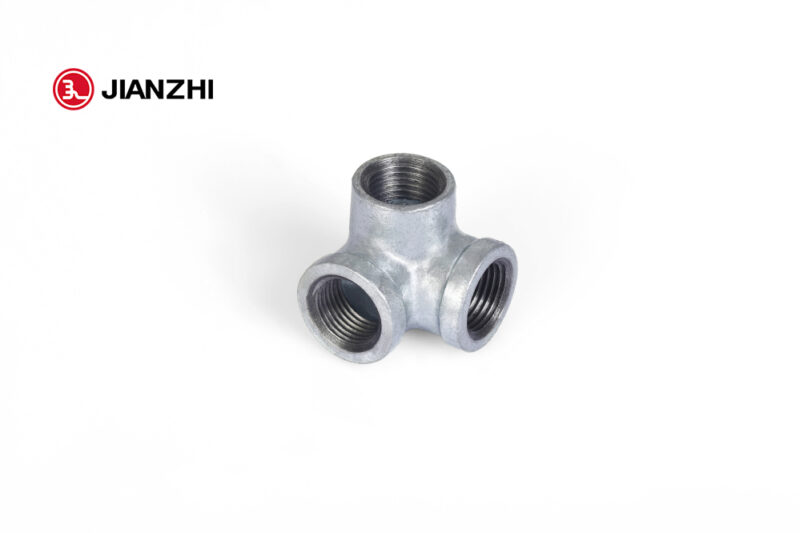Preventing freezing in pipe fittings installed in cold climates is crucial to avoid damage and ensure the continued functionality of the plumbing system.
Here are several measures you can take to prevent freezing:Insulate Pipes: Insulating the pipes and fittings with foam pipe insulation sleeves or wraps can help maintain the temperature of the water inside. Focus on areas exposed to cold air, such as exterior walls, crawl spaces, and unheated basements or attics. Ensure that insulation covers fittings as well as straight sections of pipe.
Apply Heat Tape: Electric heat tape, also known as heating cable or heat trace, can be wrapped around pipes and fittings to provide localized heat and prevent freezing. Follow the manufacturer's instructions for proper installation and use, and ensure that the tape is rated for use on plumbing systems.
Use Pipe Heating Cables: Similar to heat tape, pipe heating cables are designed to provide heat to pipes and fittings to prevent freezing. These cables are typically self-regulating, meaning they adjust their heat output based on the temperature of the pipe. Install heating cables on both pipes and fittings in vulnerable areas.
Maintain Adequate Heat: Ensure that the areas containing the pipe fittings remain adequately heated, especially in unconditioned spaces such as garages, crawl spaces, or utility rooms. Maintain a consistent indoor temperature above freezing, and consider using space heaters or installing additional insulation if necessary.
Seal Gaps and Openings: Seal any gaps or openings in walls, floors, or ceilings where cold air can enter and reach the pipes. Use caulking or expanding foam insulation to seal gaps around pipes, fittings, and penetrations through walls or floors.
Keep Cabinet Doors Open: In areas with plumbing fixtures located in cabinets, such as under sinks,
3 pipe fittings leave the cabinet doors open to allow warm air to circulate around the pipes and fittings. This helps prevent cold air from becoming trapped and causing freezing.
Drip Faucets: In extremely cold weather conditions, allowing faucets connected to exposed pipes to drip slightly can help prevent freezing by relieving pressure and allowing water to flow continuously. This is especially effective for outdoor faucets and pipes located along exterior walls.
Disconnect and Drain Outdoor Hoses: Before the onset of freezing temperatures, disconnect and drain outdoor hoses and faucets to prevent water from freezing and causing damage to the fittings and pipes.
Install Frost-Free Hose Bibs: Consider installing frost-free hose bibs or faucets in outdoor locations to minimize the risk of freezing. These bibs are designed to prevent water from remaining inside the pipe where it can freeze and cause damage.
Monitor Weather Conditions: Stay informed about weather forecasts and take preemptive measures to protect pipes and fittings when temperatures are expected to drop below freezing. Be proactive in implementing preventive measures before cold weather sets in.
By implementing these preventive measures, you can help protect pipe fittings from freezing and avoid potential damage and costly repairs in cold climates.

